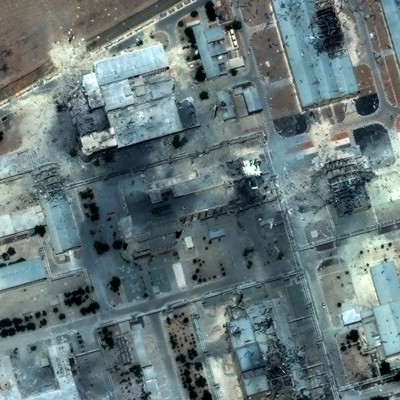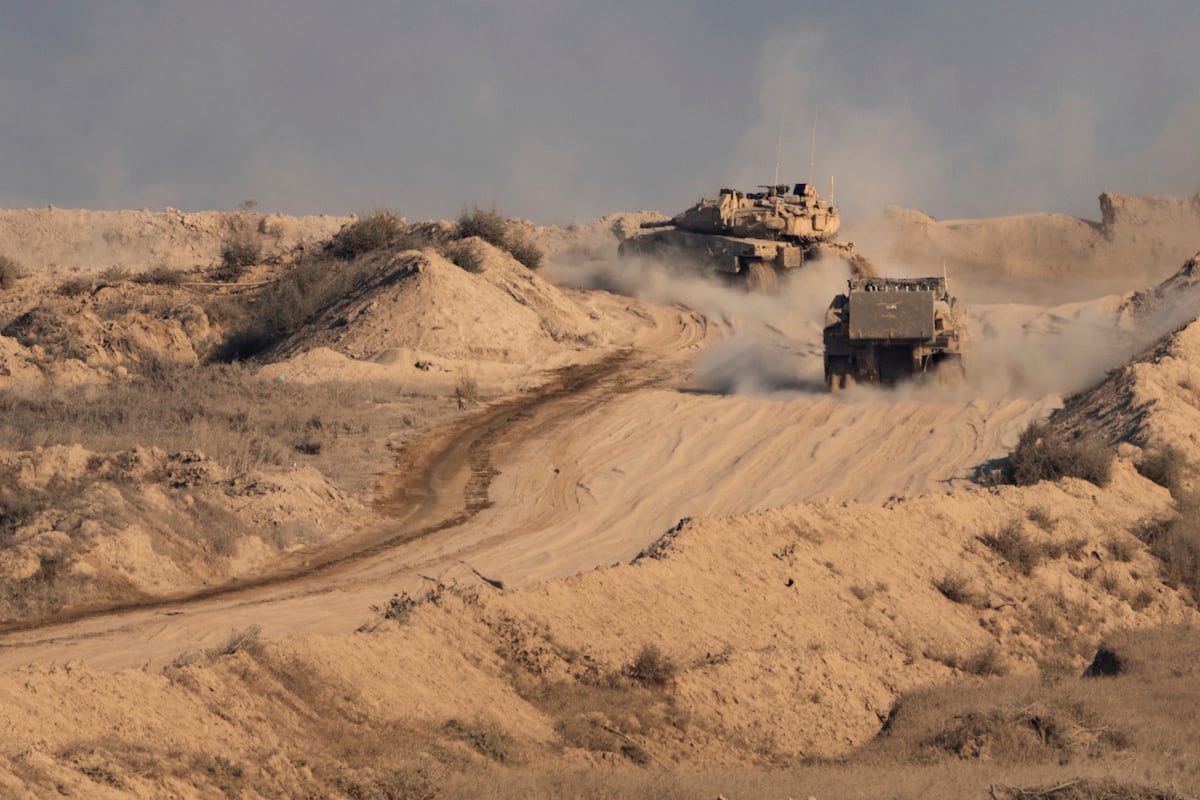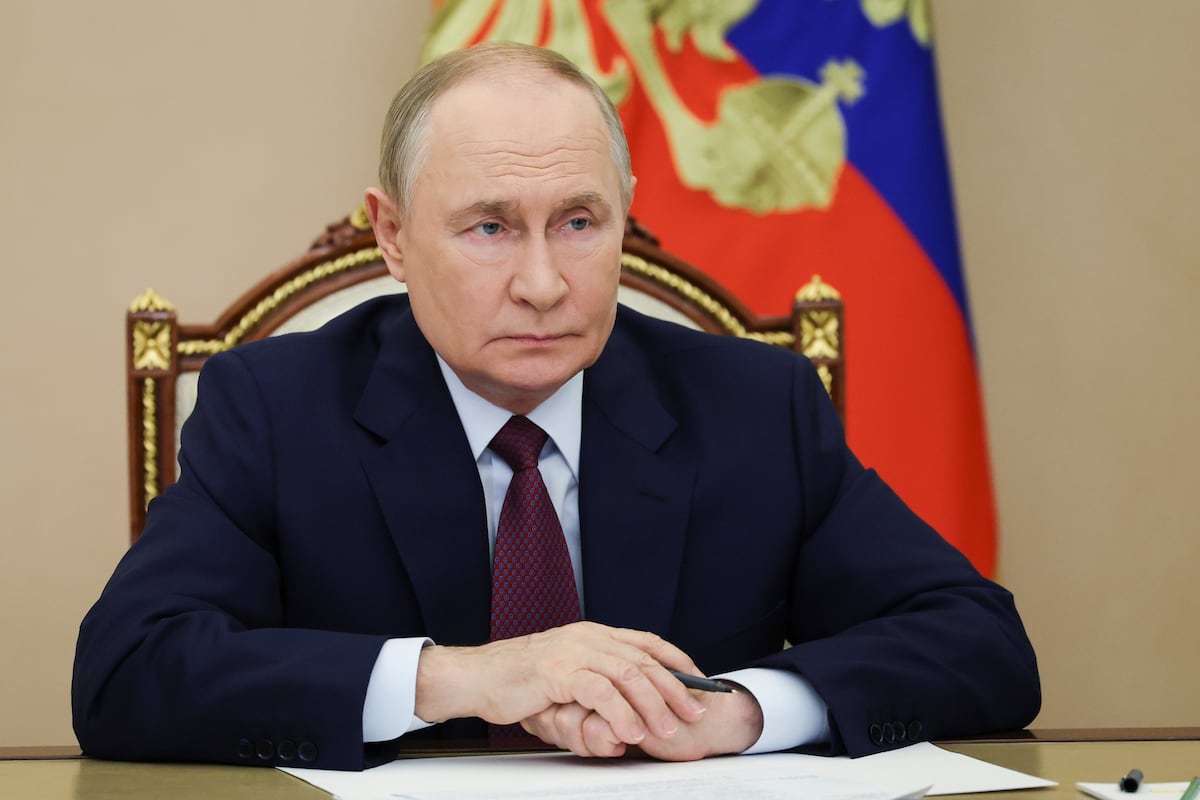For more than two decades, the United States has employed every tool short of direct military action to prevent Iran from acquiring nuclear weapons. Sanctions, sabotage, cyberattacks, and diplomatic negotiations all aimed to slow Tehran’s march toward becoming a nuclear power. Four administrations—including Trump’s own in 2019—have contemplated striking Iran’s nuclear facilities but ultimately pulled back due to the enormous risks.
The regime in Tehran survives on three legs of a gruesome stool: its terrorist proxy network, its missiles, and its ability, should it decide to, build nuclear bombs. With the first two legs of the stool already wobbly, Saturday’s strike might have knocked out Iran’s ability to bully the region.
The bombing of three Iranian nuclear sites represents the culmination of what may be the most rehearsed, examined, and studied war plan of the last twenty years. President Trump’s swift shift from diplomacy to direct action—just a month ago, he was holding Israel at arm’s length, pursuing talks with Tehran, and warming relations with Gulf countries with little appetite for war—appears to reflect a unique convergence of favorable conditions.
The first is Israel’s systematic and sequential degradation of Iran’s network of proxy groups since Hamas’ October 2023 attack.
A more recent development is Israel’s assault on Iran itself. Since June 9, missile attacks and special operations have degraded Iran’s air defense network, penetrated and consequently disrupt Iran’s military communications, and helped deplete and destroy perhaps half of its missile arsenal. The first two effects enabled the U.S. strikes with unprecedentedly low risk to American forces, while the last two reduced the threat of effective retaliation.
And a third condition, of longer standing, is the state of the U.S. military’s arsenal and operational art. The GBU-57/B “bunker-buster” bombs that pulverized Iran’s Fordo facility were designed by the U.S. Air Force beginning in 2004 for exactly this mission. The 30,000-pound munitions are the only U.S. weapon that can penetrate the hundreds of feet of concrete and rock protecting Iran’s most critical nuclear infrastructure. Saturday marked their first combat use, dropped from B-2 stealth bombers, while a submarine fired Tomahawk missiles from waters south of Iran.
Operation Midnight Hammer was one of the most complex, coordinated, and sequenced military operations ever conducted. The strike required coordination across geographic combatant commands in secrecy that limited the number of leaders aware of the timing. It required deception, deconfliction of a tight airspace corridor, and communication across every operational domain. If the attack is eventually found to have destroyed Fordo—a facility that many analysts considered virtually impregnable—it would validate two decades of military planning and technological development.
The convergence of factors that made Saturday’s operation possible was both rare and temporary. Iran’s air defenses will eventually be rebuilt, its proxy networks reconstituted, and its communication systems restored. The IRGC’s command structure will adapt to operating under compromised conditions, and new leaders will emerge to replace those eliminated by Israeli operations.
More fundamentally, Iran’s nuclear program itself will evolve. Tehran will disperse its uranium stockpiles, harden additional facilities, and could build a nuclear arsenal. Nonetheless, while we don’t know the damage done at the point of enrichment, Saturday’s strike set back that timeline.
President Trump’s decision to authorize Saturday’s strikes represents the vindication of a strategy that prioritized creating optimal conditions for military action rather than rushing into a suboptimal scenario. The president was presented with this same strike plan in 2019 and deferred. It appears he waited until Israel set the theater this time around. By supporting Israel’s systematic degradation of Iranian capabilities while maintaining the credible threat of American intervention, the administration created the precise circumstances necessary for a successful operation.
The president’s public statements in the days leading up to the strikes—which Pentagon officials privately criticized as compromising operational security—may have served a strategic purpose by forcing Iran to spread its defensive resources across potential targets while obscuring the true timing and direction of the eventual attack.
It’s unclear how much Saturday’s operation set back Iran’s nuclear infrastructure. The 14 bunker-buster bombs damaged the three nuclear sites, but questions remain about Tehran’s stockpile of near-weapons-grade uranium and the regime’s long-term intentions.
Questions also exist about President Trump’s war aims. Defense Secretary Hegseth, for one, said the president had said that the June 21 strike was no prelude to “open-ended war.” But Trump’s subsequent social media posts suggested that the new aim is “regime change,” a completely different problem set.If so, Saturday’s strikes may have been the opening move in a broader campaign rather than a one-off operation. It’s likely that the IRGC, Basij militia, and intelligence services remain effective at suppressing uprisings and monitoring opposition.
The ultimate success of Saturday’s strikes will be measured by Iran’s response in the coming weeks and months. If Tehran chooses to rebuild its nuclear program, the favorable conditions that enabled Saturday’s operation are unlikely to be replicated. If Iran instead chooses negotiation and denuclearization, Saturday will be remembered as the moment when twenty years of patient preparation finally paid off.
Charles Hamilton, a former U.S. Army four-star general, last served as commander of U.S. Army Materiel Command.
Read the full article here








Leave a Reply